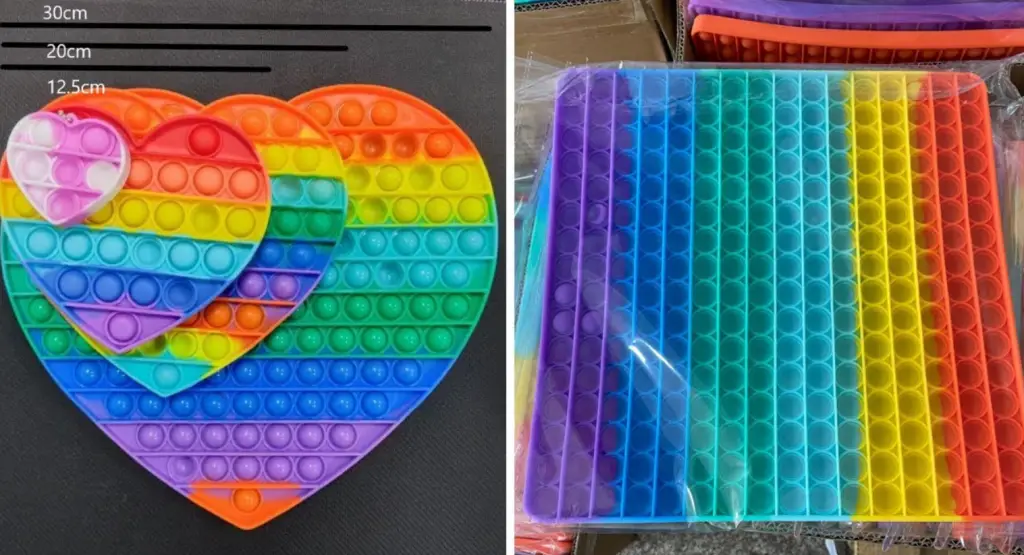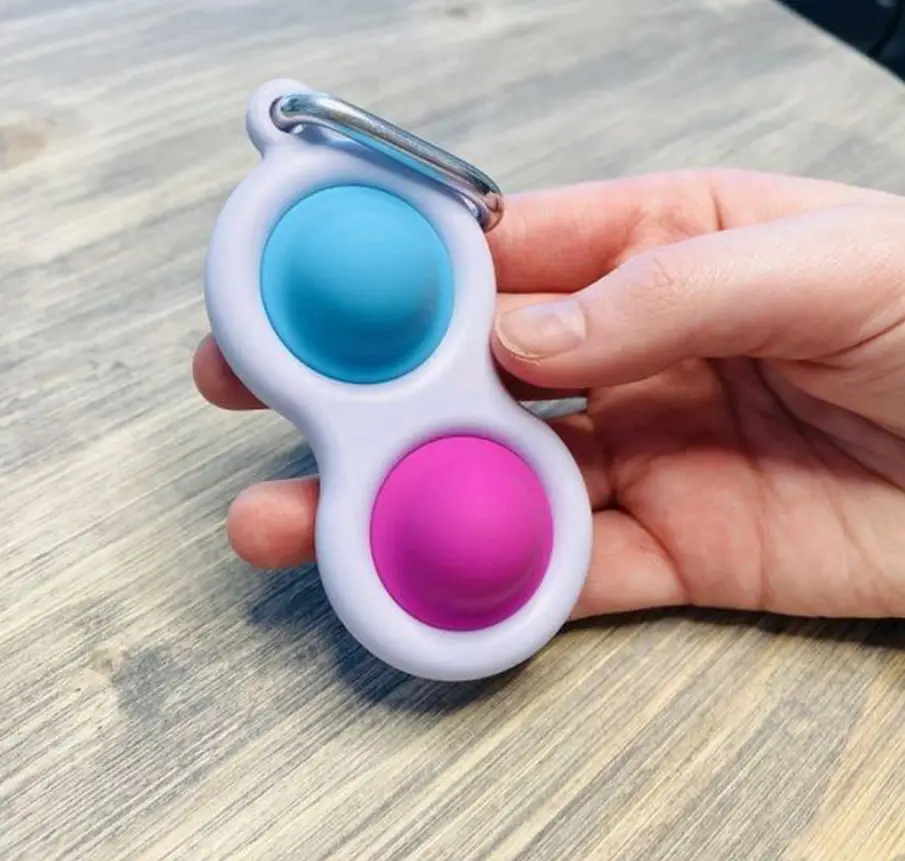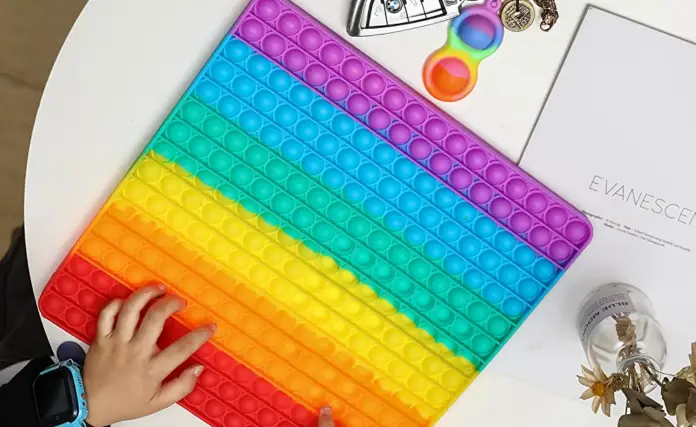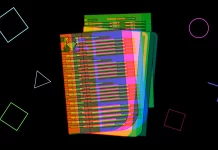Scientists know well that stress, despite its negative connotations, can be not only a negative thing but also a positive one. For example, riding a roller coaster is stressful, which in doing so makes us feel better about ourselves. Or the motivating stress of speaking in front of a large audience. Or the excitement that comes with getting ready for the airport and a long-awaited vacation is also stressful, but one of the most satisfying things in the world.
Regardless, we live in a world where there is too much stress. And while the issues of anxiety, depression, mental illness and other psychological traits are becoming less and less stigmatized, and going to a therapist (at least in big cities) is becoming more and more normal, it doesn’t save everyone, not always.
This is where gadgets and “gimmicks” come in to help, from lavender-scented candles to anti-stress toys that really seem to be able to help. Or don’t they? Against the backdrop of the popularity of pop-it-and-simple-dimple, which came to the streets from TikTok, we decided to look into this together with the experts.

How does pop-it work
The principle of the pop-it and its little brother (or sister?), the simple-dimple, is based on a combination of action and sound. The rubber nubbins can be pressed in and out, and they will make a pleasant, though it’s a matter of opinion, click. There are two or three of these snapping half-spheres in a pocket-sized simple-dimple and many in a homemade pop-it. Doesn’t it remind you of anything? That’s right, that’s what we all did and still do with bubble wrap for packaging and transporting particularly fragile goods. Here it comes out similar, but with the possibility of infinite use.
What does scientists say about anti-stress toys
Sensory information-that which we receive through the senses-sends messages to the nervous system. Negative sensory input, such as a scream or the sound of a drill (hello to the neighbor who always moves in with us), pushes it toward the classic “hit or run” stress response. But positive sensory input does just the opposite. It activates the parasympathetic nervous system, which is responsible for resting and conserving energy.
In fact, many people use conditional pop-it and simple-dimple, just everyone has their own. Someone clicks a pen endlessly, someone twists a strand of hair, someone strokes their hands, and someone else has that nice touch of a headphone case. There can be many variations, but the conclusion is the same: these actions help us either calm down or concentrate.
Scientists have found that anti-stress toys can actually reduce anxiety. And they also help children manage their emotions: in the experiments, it was seen that when they are angry they tend to squeeze something, and when they are bored they tend to snap. There is another side to the coin when habitual, repetitive, routine (and seemingly quite calm) actions can lead to unconscious stress. It has been proven, for example, that physiological signs of stress increase markedly during periods of sustained and prolonged attention. A moment of distraction with an anti-stress toy can take away such stress, too.
As for concentration, toys work in the same way as the habit of drawing hearts, spirals, and circles during a boring lecture or a long phone conversation. Studies have shown that it helps us remember more relevant information. An additional argument for maybe an experiment in which students who used anti-stress balls while studying independently admitted that their attention span in class improved.

Why many people do small actions with their hands
It’s interesting that small hand movements seem to have a greater effect on men than on women in situations of extreme tension. But what could they be talking about at all? “For example, the easy switching of attention and the need to keep one’s attention on some necessary process, such as a lecture, with the help of masticating. Or severe anxiety, when it’s hard to stay still and you need to redirect the energy you need to protect yourself to some process. And, of course, for some people, this is one of the auto stimulation options by which they can deal with the over-sensitivity and psychological overload they experience because of it. But, in addition, it can also just be a habit.






